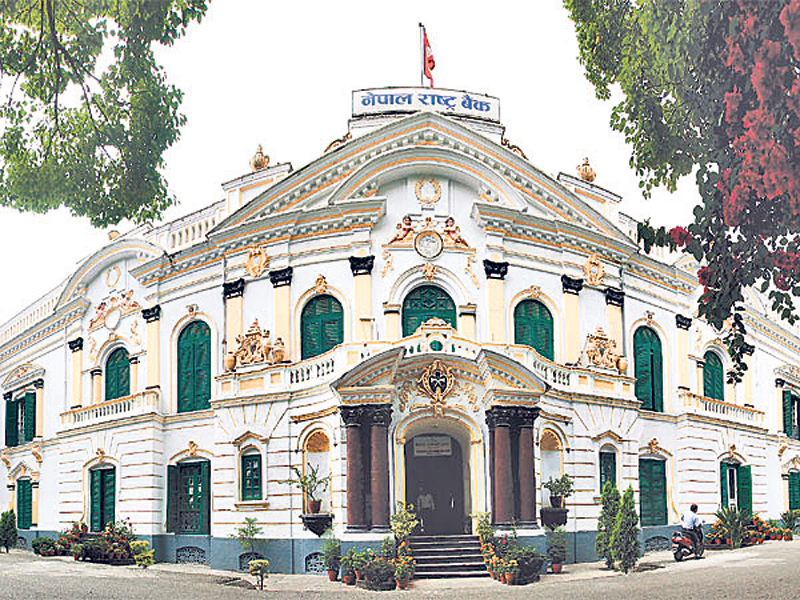The Ministry of General Administration (MoGA) took the decision to this effect claiming that multiple secretary system put an unnecessary burden to the state coffer. Moreover, difference of opinion among top bureaucrats led to delay in implementation of plans and policies. Multiple secretary system has been in effect for the last four years.
The government plans to drastically cut down the number of secretaries to 40, according to the MoGA. The total number of incumbent secretaries is 58. Secretary is the topmost rank in the civil service.
Minister for General Administration, Rabindra Shrestha said he was seriously mulling to remove the multiple secretary system. Shrestha has already instructed senior officials under the ministry to find possible ways to cut down the number of redundant secretaries. The officials are learnt to have started work in this regard.
“The current number of secretaries is more than required,” he told myrepublica.com, adding, that appointment of two to three secretaries under a single ministry was meaningless. He, however, said that the removal process would take place gradually and not abruptly. “We have to adjust those who will be removed from the post and thus the process will steadily go ahead,” Shrestha said.
Alt least two secretaries are working with the Ministry of Physical Planning and Works, Law and Justice, Health, Land Reforms and Management, Irrigation, Finance, Science and Technology and Local Development. Similarly, the Office of the Prime Minister and the Council of Ministers have five secretaries each. Ministry of Local Development, Land Reforms and Management and Law and Justice Ministries have three secretaries each.
Minister Shrestha said that plans to run the ministries and commissions through Joint Secretaries instead of a secretary were afoot. “We have learnt from past experiences that joint secretaries can handle responsibilities as efficiently,” he added.
Shrestha added that removing multiple secretary system would also help support minimize financial burden of the government. More importantly the key activities of the ministries will not be badly affected because of the clash of interests and overlapping of jurisdiction of the two secretaries,” he further elaborated.
There are some instances of conflict of interest between two secretaries of a single ministry in the past. Incidents at the Ministry of Physical Planning and Works, and the then Water Resources Ministry and the Ministry of Finance are the case in point.
The then Nepali Congress-led government had set up the multiple secretary system some four years ago despite the strong objection from administrative experts. The system was enforced against the recommendations of various commissions. None of the six commissions set up in the past have recommended the government to appoint more than one secretary in a single ministry.
“Appointing more than one secretary was against the recommendations of past Administrative Reform Commissions,” newly promoted secretary Yub Raj Bhusal told myrepublica.com. Bhusal was a member secretary of Administrative Restructuring Commission (ARC), which is headed by Minister for General Administration.
Minister Shrestha added that the government has taken the decision to give the public a sense of good governance. NM Buch Commission-2009 BS, Administrative Reform Planning Commission-2013 BS, Jha Commission-2025 BS, Administrative Restructuring Commission-2032 BS, High Level Administrative Restructuring Commission-2048 BS and Administrative Restructuring Commission-2065 BS did not recommend the government to implement the system for multiple secretaries. These commissions have instead recommended the government to confine the number of ministries to 21 and the number of secretaries to 35 to 40 at the most.
Revised interest rate corridor system introduced







































